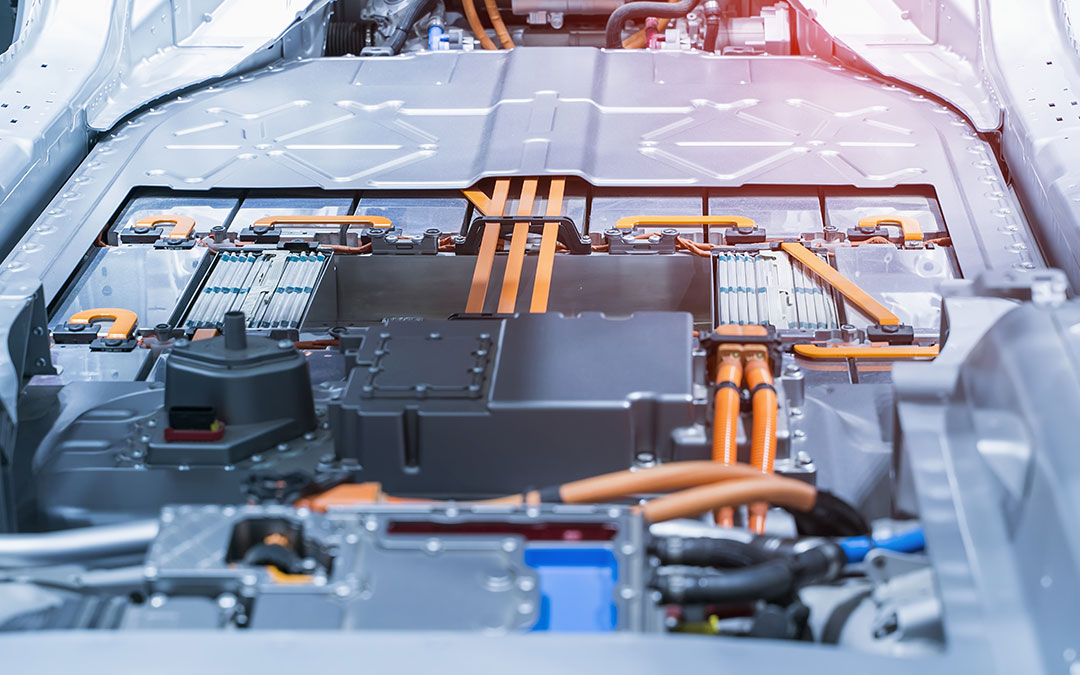Electric drives operate with low vibration and noise levels and do not emit any pollutants where they are used. Compared to combustion engines, they are lighter and more compact. When comparing the efficiency of current electric motors and modern car combustion engine technology, electric motors are around twice as efficient as modern combustion engines. It is therefore by no means the motor technology that is holding back the spread of electromobility. The biggest challenge lies in the great need to develop battery storage systems. After all, in order to successfully enter the mass market, the performance of electrochemical energy storage systems must be able to compete with the long ranges of combustion vehicles. The path that electromobility takes will therefore be largely determined by the further development of storage technologies.
This article from the Transport and Environment series explains the current state of the art in vehicle batteries and which technologies and concepts are the most promising.
The publication series “Transport and the Environment” takes an interdisciplinary and in-depth look at the topics of transport and the environment. The articles focus on pollution and its consequences, as well as current challenges and trends with regard to environmentally friendly alternative drive systems.
The series serves to share knowledge and provide expert support for current discourse. The articles are published several times a year and can be downloaded free of charge as PDF files.

